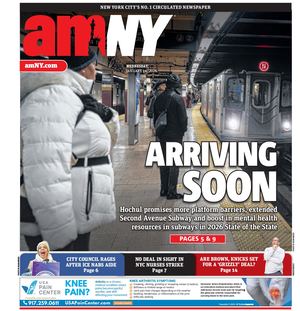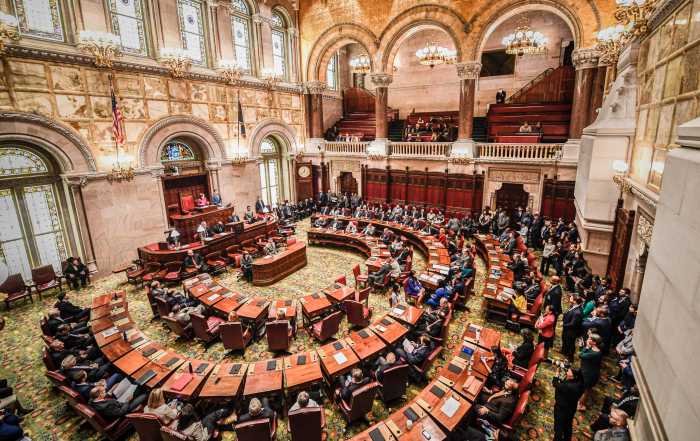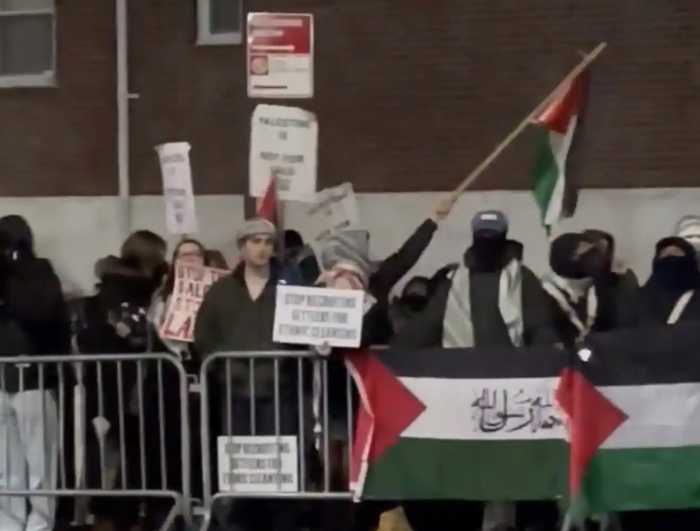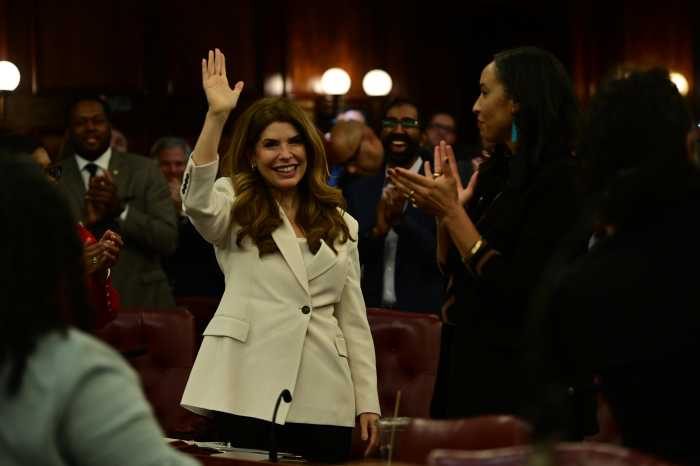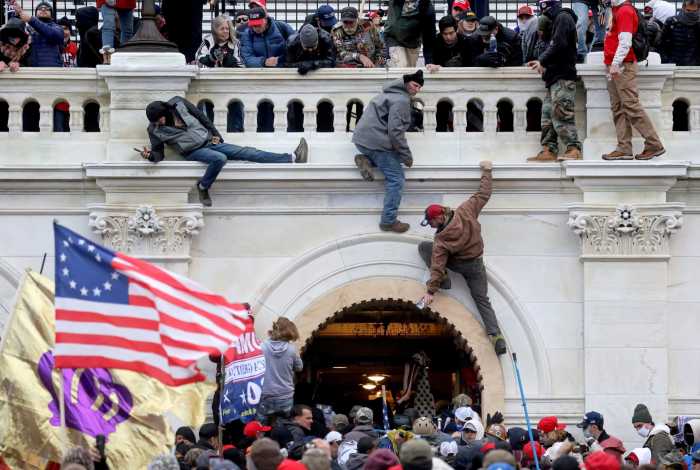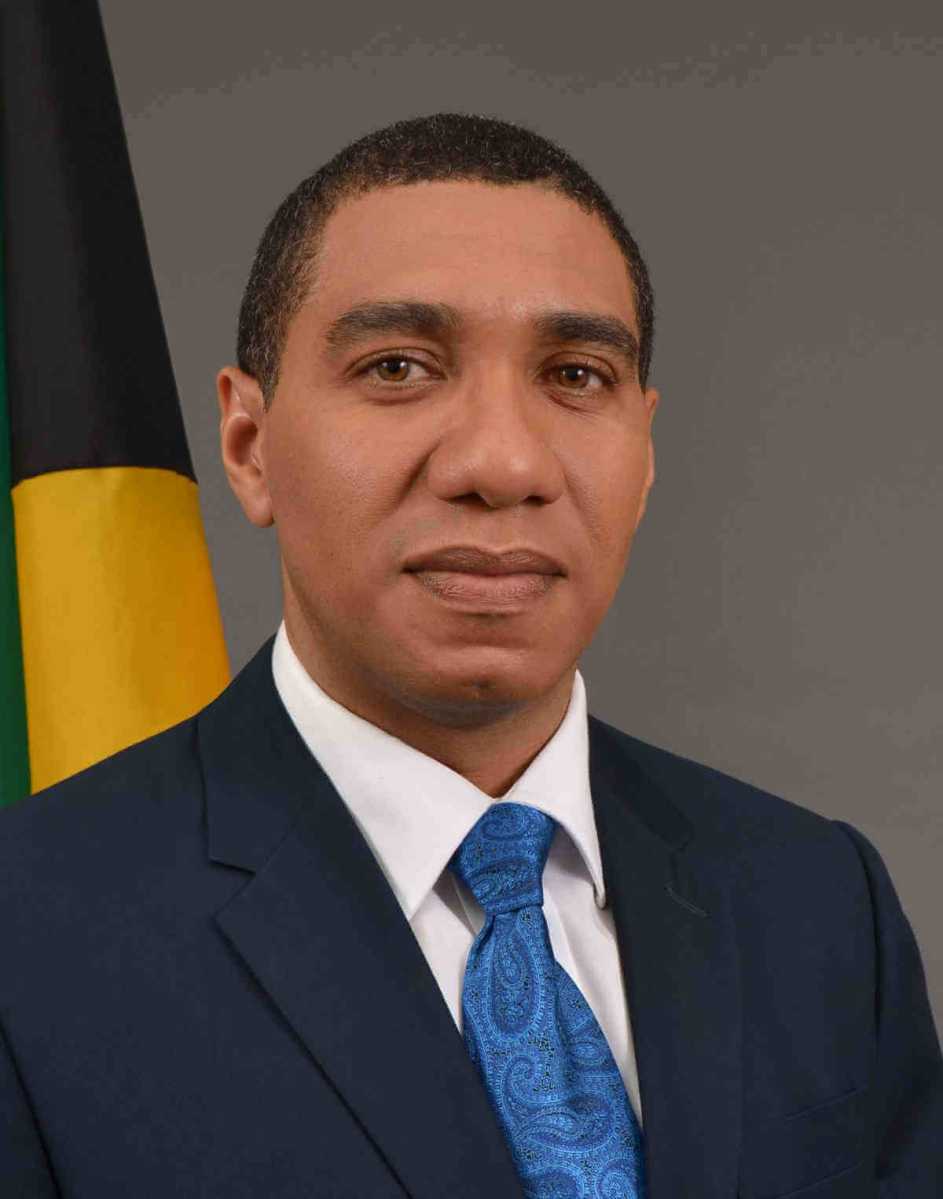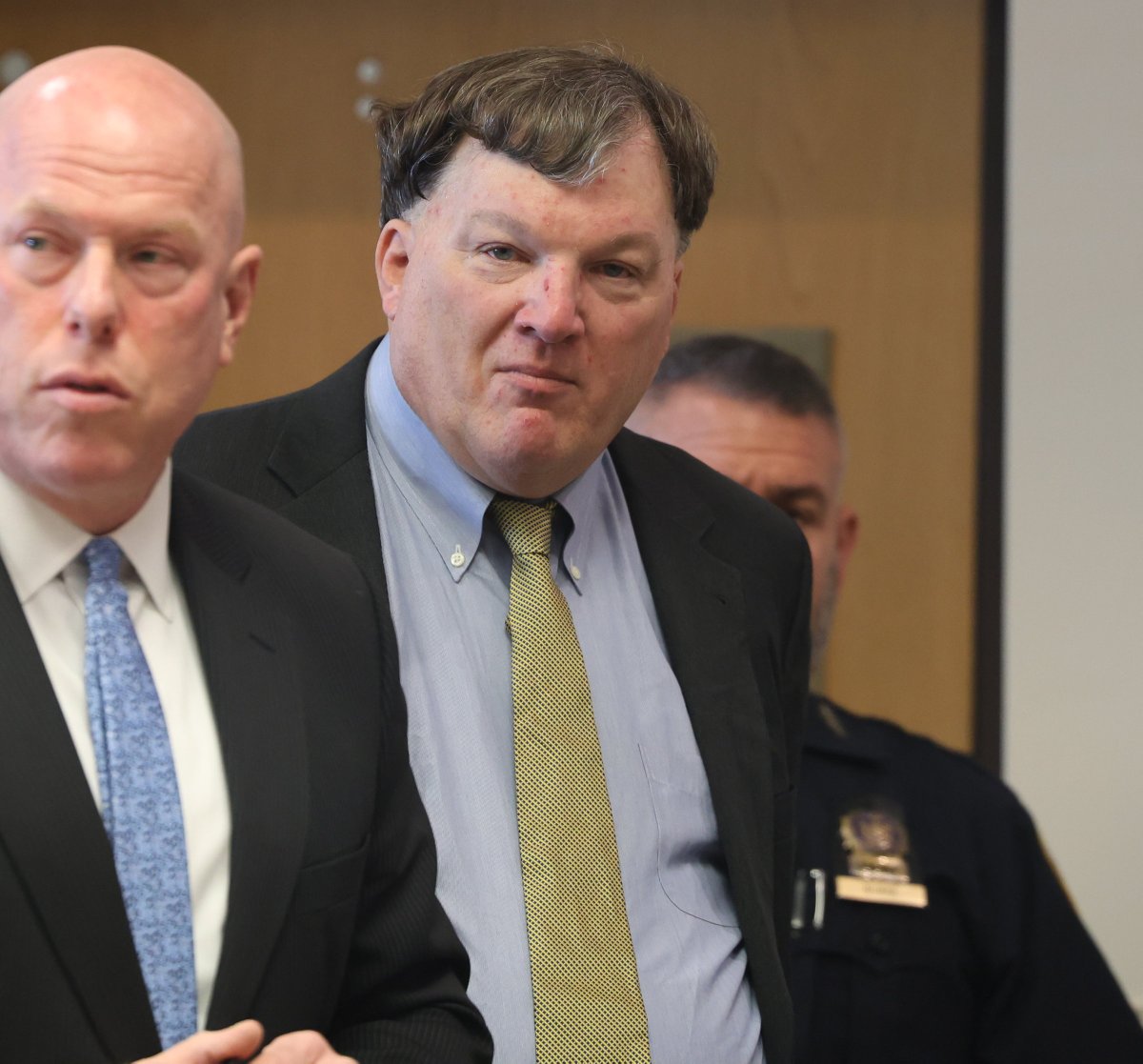
It may not always seem like it, but your subway ride has become smoother, faster, and less aggravating.
The evidence lies in the statistics, say MTA and New York City Transit officials. Over the last year, there’ve been declines in delays, major incidents and platform wait times, and an uptick in on-time performance.
The subway system’s overall weekday on-time performance rose from 61.7 percent in February 2018 to 76.4 percent last month. The number of delayed weekday trains fell from 60,446 in February 2018 to 37,119 last month. Improvement remains even when taking a 12-month average, rather than looking at just a single month.
Those are signs that commuters are moving at least a bit faster. And while a milder winter and other factors could have come into play, the improving picture might also be a sign that the Subway Action Plan, which included efforts to fix leaks, rails, and key mechanical parts, while better responding to incidents, is working. The system’s Save Safe Seconds program to increase speeds and eliminate slow spots where possible, has likely contributed, too.
Of course, going from a D to a C is not reason for a joyful celebration.
But NYC Transit head Andy Byford, MTA President Pat Foye, and subway system chief Sally Librera aren’t celebrating — yet. During a Monday news conference to tout the new statistics, the three officials repeatedly couched their remarks, saying they know there’s still a ways to go before the system is where it should be.
If anything, the data show just how bad things had deteriorated in 2017 and 2018, not that riders needed statistical proof. And there’s much more to do, including modernizing subway signals, adding new subway cars, and upgrading equipment. To make that happen, the MTA should empower key players like Byford, but the authority also needs significant restructuring and more accountability.
But the MTA won’t make real progress without a new sustained revenue stream. So, it’s no wonder that on Monday, MTA executives mentioned the effort to toll those who drive below 61st Street in Manhattan, known as congestion pricing, over and over and over again.
